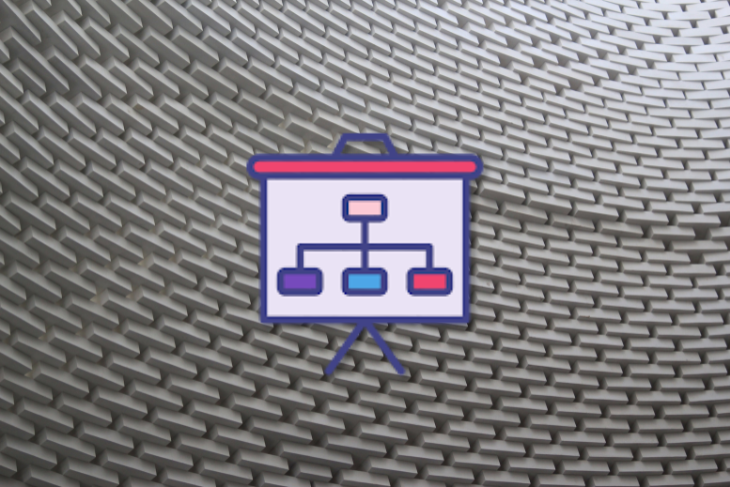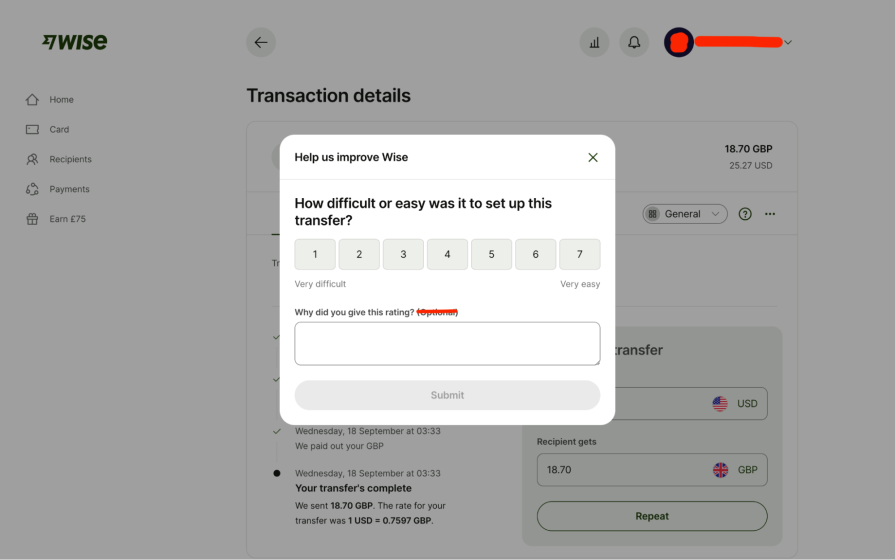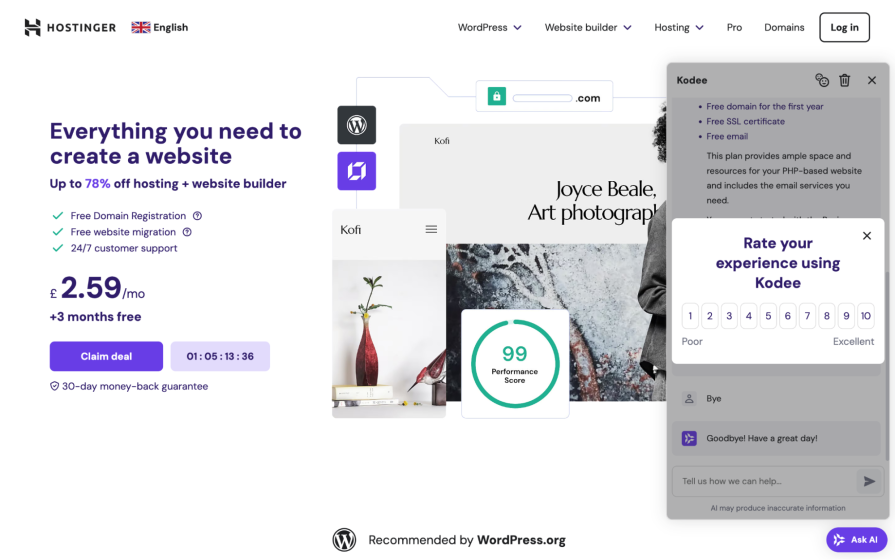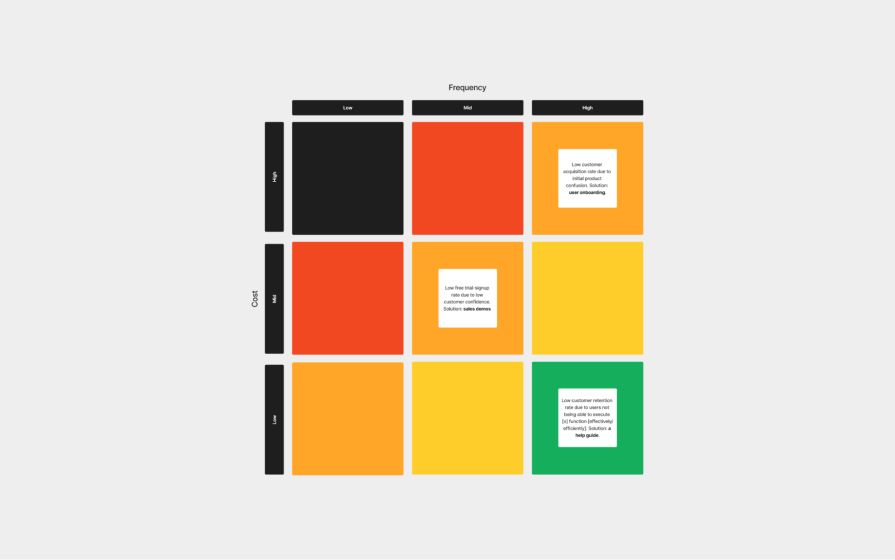People want to feel confident about using your product to effectively and efficiently achieve their goals. Obviously some of this comes down to user experience; however, the law of conservation of complexity (also known as Tesler’s law) describes how every product has an innate degree of complexity that can’t be simplified, as doing so oversimplifies it to the point that it stops being powerful.

Therefore, you might need to provide product education too. This means acknowledging that people have complex problems (or relatively straightforward problems that require complex solutions) and providing them with the knowledge and assistance that they need to use your product to solve said problems. But what exactly do we mean by knowledge/assistance/product education?
In this article, I’ll explain what product education is, when and why it’s important for user onboarding, customer retention, and user success, the different ways to provide it, and how to create a product education strategy that drives business goals.
Product education is all about teaching users/customers how to use a product effectively and efficiently. Some of the ways that you can do that include:
Low-learning products with familiar qualities and gentle learning curves require fewer product education initiatives, whereas high-learning products with innovative qualities and steep learning curves require more. As you might imagine, product education initiatives are prevalent with SaaS products and digital tools in general.
The first benefit of product education is more customer acquisitions. These would-be customers are people that are on the fence about purchasing the product because they’re anxious about using it or unconvinced that it’ll be useful to them or their organization. The product education initiatives that can help with this are sales demos and user onboarding.
The second benefit of product education is more product adoptions. This isn’t the same thing as more customer acquisitions — I tend to describe product adoption as when the product becomes such an integral part of the workflow that removing it leaves a gap. Product adoption increases customer retention rate (CRR), which is the percentage of customers that have remained customers for a key amount of time.
The third and final benefit of product education is increased user engagement, which feeds product adoption/customer retention but can also increase customer lifetime value (CLV) via additional sales, upsells, and subscription tier upgrades as the product fills more gaps.
There are some secondary benefits such as less strain on customer support agents, but these aren’t necessarily positive outcomes in the grand scheme of things. For example, if the resources spent on product education were to exceed the resources saved on customer support, that would obviously be a bad thing. This is why you must craft a product education strategy that delivers the best outcome overall.
To help you approach product education, lean on the following key tools and initiatives:
At minimum, your website needs a sales demo screening and booking form, as well as a team on the other end of it ready to demonstrate your product to would-be customers. Sales demo tools can boost conversions and make the sales process feel very suave, but at the cost of human-to-human interaction.
User onboarding would be a technical project where your design team handles the UX, your development team handles the implementation, and your product team handles the key performance indicators (KPIs).
There’s a lot to consider here. You’ll need a collaborative document editor (I recommend Google Docs, or HackMD if the content needs to be markdown-based) and an intelligent screen recording tool (CleanShot is the best option by a mile but is macOS-only — otherwise I recommend Shottr).
Tools aside, the content needs to be clear, adapted to your target audience, and findable (you’d be surprised at how many businesses “hide” the help, or the opposite, have so much help that it’s impossible to navigate). This is a job for a content person or team.
Help desk tools can include ticketing systems, live chat (AI chatbots: optional), knowledge bases (for your help guides/FAQs, which the chatbots can intelligently reference), and more. Their setups are usually technical but not difficult, and of course you’ll need a user/customer support team behind the “desk.”
How-tos are typically written for blogs and focused on tips and tricks to help users level up with a product. They aren’t the same as help guides/FAQs since the content is less foundational, the language is more casual, and there can be a marketing intent, but the tools and people involved are the same.
In addition, this is an area where you might want to experiment with video content, as some people find it very engaging.
Account managers typically help enterprise-level users/customers get the most value out of a product using a combination of support and sales (upselling to increase revenue, downselling to prevent churn). They manage multiple clients and develop strong relationships with them, providing dedicated product education and assistance.
Grab a learning management system (LMS) to provide training or run a workshop, teaching entire teams or even organizations how to level up with your product. This product education initiative is intensive but quick, and account managers can do it!
For non-customers, “webinar” is the term that you’re looking for. A sales demo-type person would be a more appropriate type of person to host this.
To craft an effective product education strategy, follow these three steps:
First, determine what knowledge/skills people are lacking of/with the product and where they’re at in their user/customer journey. You should aim to have a fair bit of data from a variety of touchpoints, including:
A customer effort survey is a product-focused survey utilized to assess a specific function (e.g., users making a payment). It does this by asking users how much effort they expended, typically on a scale of 1-7, executing said function (immediately after they’ve done so). This yields qualitative insights that reveal what exactly your product education needs to address, as well as a customer effort score (CES) that can be measured and tracked over time:

A customer satisfaction survey is a general-use survey utilized to assess how satisfied users/customers are, but in the context of product education you should utilize it to learn how satisfied they are with the support that they’ve just received, typically on a scale of 1-10. This yields qualitative insights that reveal which aspects of your existing product education need refinement, as well as a customer satisfaction score (CSAT score) that can be measured and tracked over time:

Exit-intent surveys pop up as visitors are about to leave, asking them why. This is particularly important for those that weren’t, for some reason, presented with other surveys. You should also record their satisfaction on a scale.
After synthesizing all of the feedback, I recommend determining the cheapest viable product education initiative for each problem — ensure that you properly consider the cost of tools, implementation, people, training, and bandwidth.
For example, live chat can be automated with AI, so the number of customer support agents needed could be lower than you think. If you aren’t able to calculate the return-on-investment (ROI) of these initiatives, at least label them as either low-cost, mid-cost, or high-cost.
Finally, create a prioritization matrix (cost vs. frequency) that highlights the product education initiatives believed to solve common problems cheaply:

Next, implement the best (or next best) product education initiative along with a feedback loop so that you know how to improve it or when to throw in the towel with it, remembering to use both qualitative and quantitative questions (just like with the CES, CSAT, and exit-intent surveys).
Some rough examples:
For simplicity and data accuracy, ensure that you implement and measure the success of each product education initiative individually. As a bonus, this spreads out the cost of your product education strategy over time.
These are the KPIs to keep track of:
For sales demos and user onboarding, track customer acquisition rate (CAR) to measure improvement and customer acquisition cost (CAC) to measure ROI.
A good CAR but negative ROI means that the product education initiative is unlikely to yield a positive ROI in the future because an already-good CAR doesn’t have many opportunities for improvement. This is the time to experiment with one of the other options from the prioritization matrix. Otherwise, use those feedback loops to discover opportunities for improvement.
For all other product education initiatives, you’ll need to substitute CAR for customer retention rate (CRR) and CAC for customer retention cost (CRC). Again, you’ll need to see if the initiative generates more revenue than it costs. Although, this can be unreliable when the time between purchases is far apart, in which case you might need to assume the ROI sentiment based on changes in the CES/CSAT/exit-intent survey responses.
Product education is crucial for converting visitors into customers, helping customers and users to understand your product, and encouraging them to become more engaged with it over time, boosting its value even more over time. This is especially true for high-learning products.
Try implementing sales demos, user onboarding, help guides/FAQs, help desks, how-tos, courses, account managers, and/or training/workshops/webinars. If you have any questions that you’d like to ask, or something that you’d like to share, you can do so in the comment section below.
Thanks for reading!
Featured image source: IconScout

LogRocket identifies friction points in the user experience so you can make informed decisions about product and design changes that must happen to hit your goals.
With LogRocket, you can understand the scope of the issues affecting your product and prioritize the changes that need to be made. LogRocket simplifies workflows by allowing Engineering, Product, UX, and Design teams to work from the same data as you, eliminating any confusion about what needs to be done.
Get your teams on the same page — try LogRocket today.

A practical five minute revenue estimation method to help product managers compare ideas, drop low impact features, and prioritize smarter.

A practical guide for PMs who want to stop being bottlenecks, delegate smarter, and lead teams effectively with a clear ownership framework.

Stop letting unreliable data block features. Treat data as inventory to track quality, ownership, and ship with confidence.

Learn why slide decks slow teams down and explore better tools like whiteboards, PRDs, and prototypes to improve collaboration and alignment.